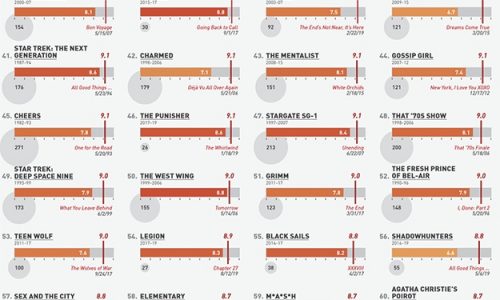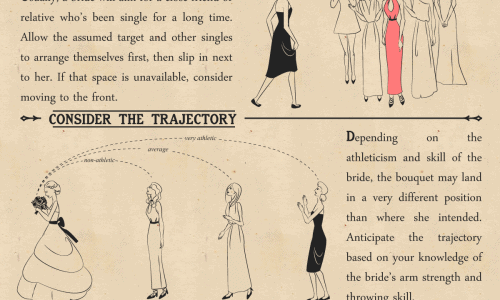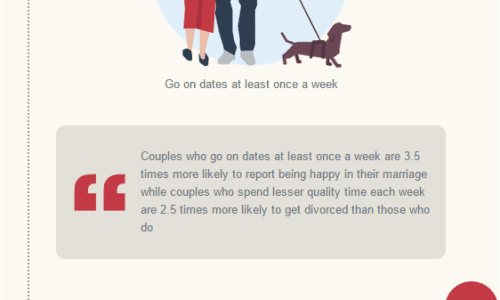
We’d all like to think that we’re good listeners, but it can be more difficult than it seems to actually be good at it.
A sticking point you might find in following this flowchart is that many of the habits being questioned tend to be subconcious ones. I have no idea if I cross my arms while people speak to me, or if I mirror their facial expressions, but I’ll certainly pay attention and try to notice from now on.
Conversations are, in my opinion, fueled by and based on frequent, enthusiastic interruptions. You have to fall into a good interruption rhythm with your conversation partner, of course, but if there’s no interruptions it’s a monologue. However there are certainly times where a conversation isn’t what’s called for, and you do need to give your undivided attention and hold back your thoughts until they are requested. In these situations it can be hard to “embrace silence” because it can feel like something is expected of you. Try using facial expressions rather than words to indicate that you are still listening and with them.
If you want more tips on communication, check out our Power of Visual Communication infographic.





